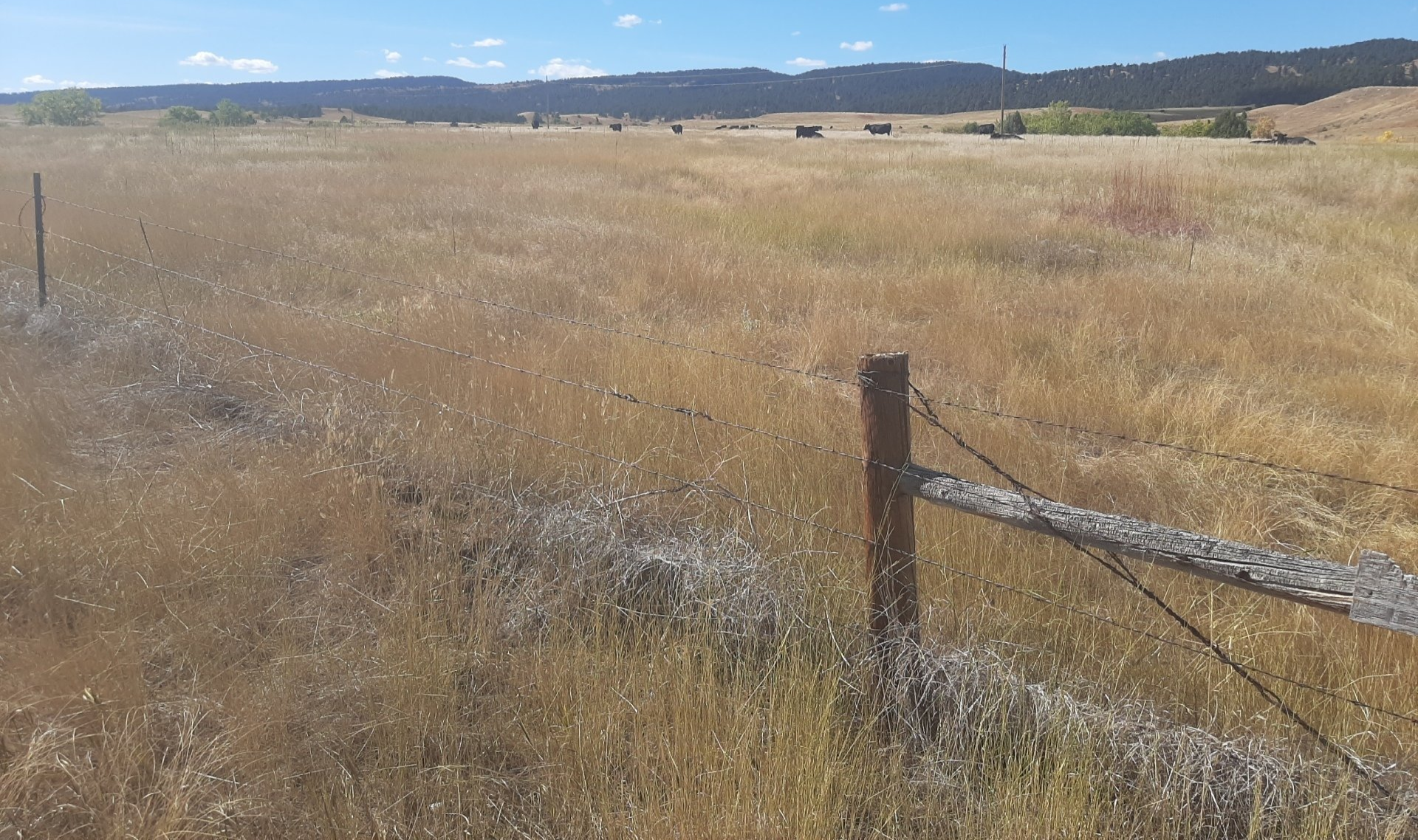Review of Draft Bill 50
A Grassland Tax Relief Bill

During the upcoming legislative session, Senator Castleberry and I will be introducing Draft Bill 50 , a bill that states, “Agricultural land may also be categorized as non-crop land, regardless of the soil classification of the land. If the elevation of the land is greater than one thousand nine hundred and fifty feet above sea level, it has been seeded to perennial vegetation for at least 20 years and used for animal grazing or left unharvested, or if the agricultural land is native grassland.” The provisions of this bill are not to supplant or replace any preexisting methods that are used to categorize land as cropland or noncropland. The bill specifically stipulates that this is an additional avenue with which property owners may use to categorize their land as noncropland.
The beauty of Draft Bill 50 is in its simplicity. By defining the elevation, we take into account the cooler temperatures, shorter growing season, and historically less rainfall in the higher elevations. For example, the elevation of Aberdeen is 1,304 feet above sea level and the elevation of Edgemont is 3,458 feet above sea level. In Aberdeen it takes 3 to 5 acres to raise one cow/calf for market. In Edgemont it takes 60 to 80 acres to raise one cow/calf for market. If we take a random figure of $10 tax per acre (not the actual tax figure, just an easy figure for the calculation), in Aberdeen it would cost the rancher $30 to $50 in taxes to raise that one cow/calf for market. In Edgemont, that same cow/calf would cost the rancher $600 to $800 in taxes in order to raise it for market. As you can see, the elevation/rainfall and soil type dramatically impact the rancher. According to the Fall River County Assessor, this bill would correct up to 85% of the tax assessment issues facing our ranchers.
The Department of Revenue (DOR) recognizes that the inaccuracies in the new soil reassessment is a statewide issue that effects every county in South Dakota. The Secretary of the Department of Revenue issued a statement to their assessors stating, “We are working diligently to roll out new soil tables, but it has to be right, and the data needs to be accurate ... at the present time, however, we simply are not ready to roll out the soil tables.”
To Recap
· In 2016 a new soil reassessment was requested by the Department of Revenue. Dr. Elliott from SDSU conducted the soil survey via Artificial Intelligence (AI) without one boot on the ground. This survey reclassified land that has historically been grassland to cropland which is then taxed at a higher tax rate.
· As an example, in Fall River County, as a result of the new survey, the soil types went from 91 soil types to 270 soil types. Soils categorized as 'cropland' had previously comprised 14% of Fall River County's Ag land. The new table increased that to 28% cropland.
· A Rancher from Hermosa sites many assessment issues on her parcels of land. One example noted is Parcel 1114: Indicated crop acreage is 25.5 of 38 acres. The 24-acre patch lies between a railroad and a gully and broken by fencing. A 1.5-acre patch lies alongside the railroad track.
· There are 43 million acres of AG land in South Dakota. Although the assessor is given the ability to reclassify soil types, to physically walk the land to make the readjustments would be an impossible task. Even if we had the assessors in place to do the job, they couldn’t.
We have a window of opportunity to pass legislation that would give the rancher the option to request the newly designated cropland be put back to a grassland classification. To introduce and promote this piece of legislation, we have met with organizations and county commissioners throughout South Dakota and have garnered the support of the South Dakota Stock Growers Association, Fall River/Custer County Farm Bureau as well as the Fall River County Commissioners, Custer County Commissioners, Bennett County Commissioners, and ranchers throughout South Dakota with more meetings scheduled.
Agriculture is South Dakota’s largest industry, and we need to ensure that it not only survives, but it can thrive. One rancher in Hardening County stated, “I am at the point where the land taxes will exceed the income produced by the land. I risk losing my ranch because my grassland is designated cropland. Cropland that I cannot crop because of terrain and lack of rainfall.”
Ladies and gentlemen, our taxes are meant to be fair and equitable. This situation is neither fair nor equitable. We would appreciate your organization’s support and your help in passing this timely and essential piece of legislation in 2022.
